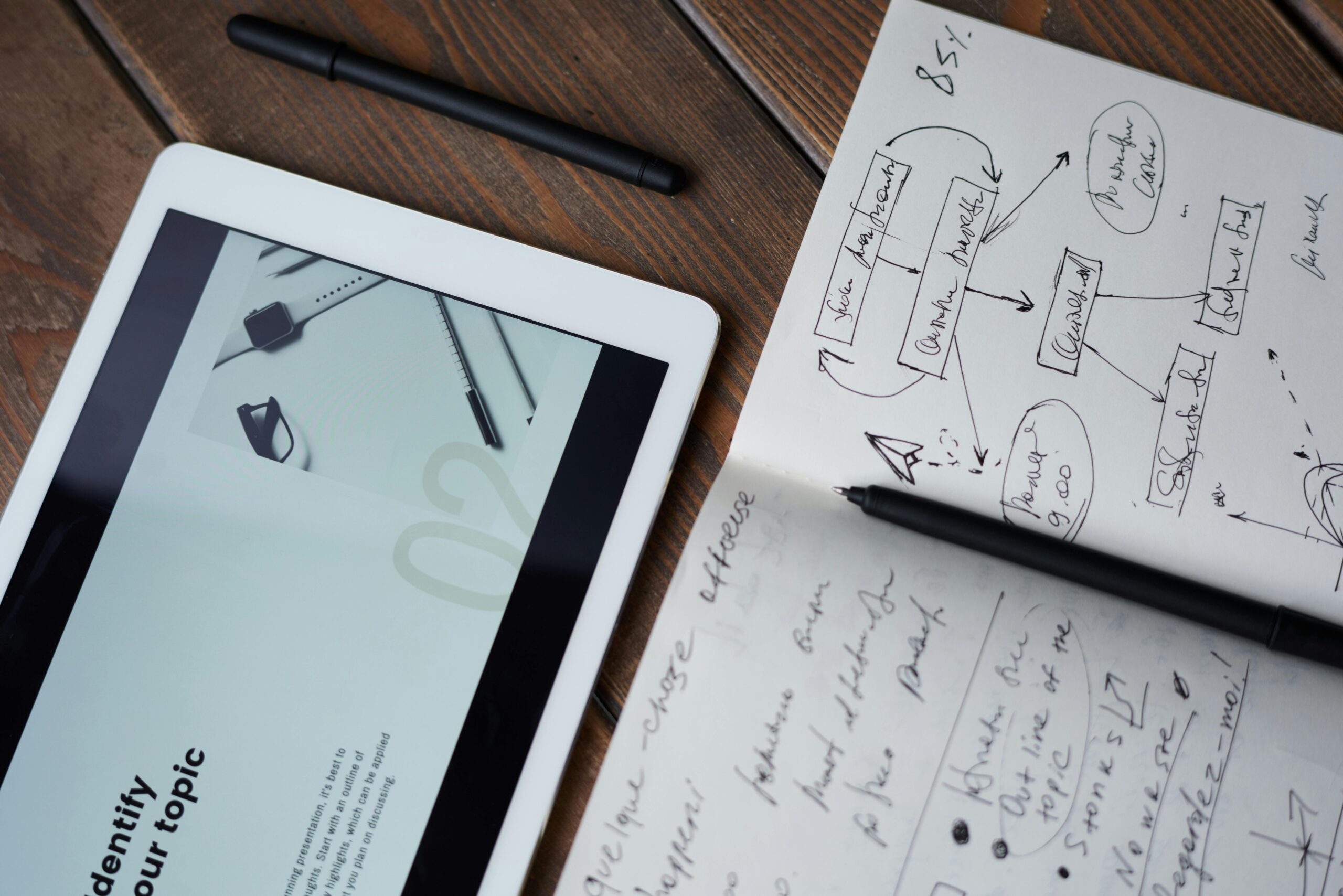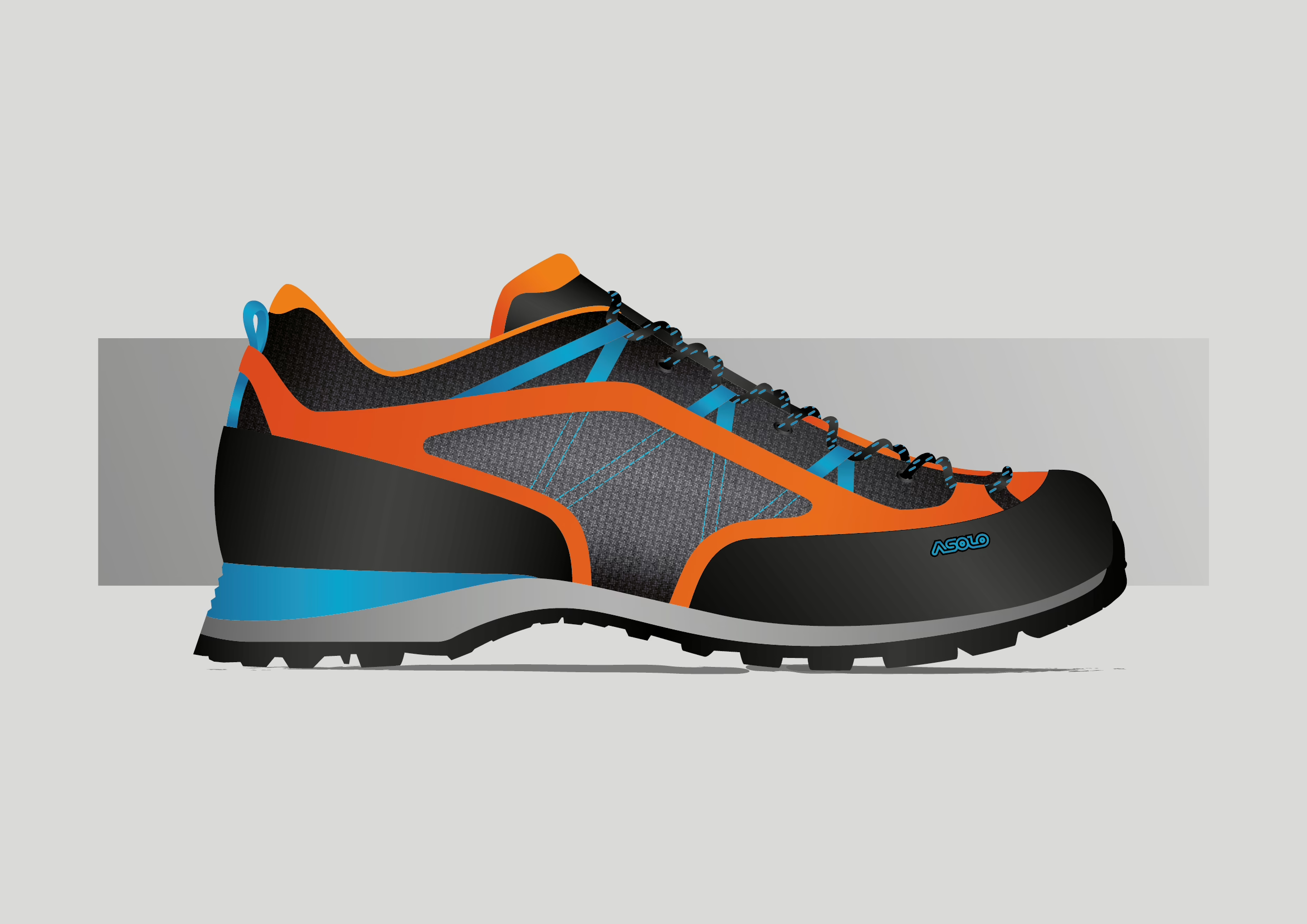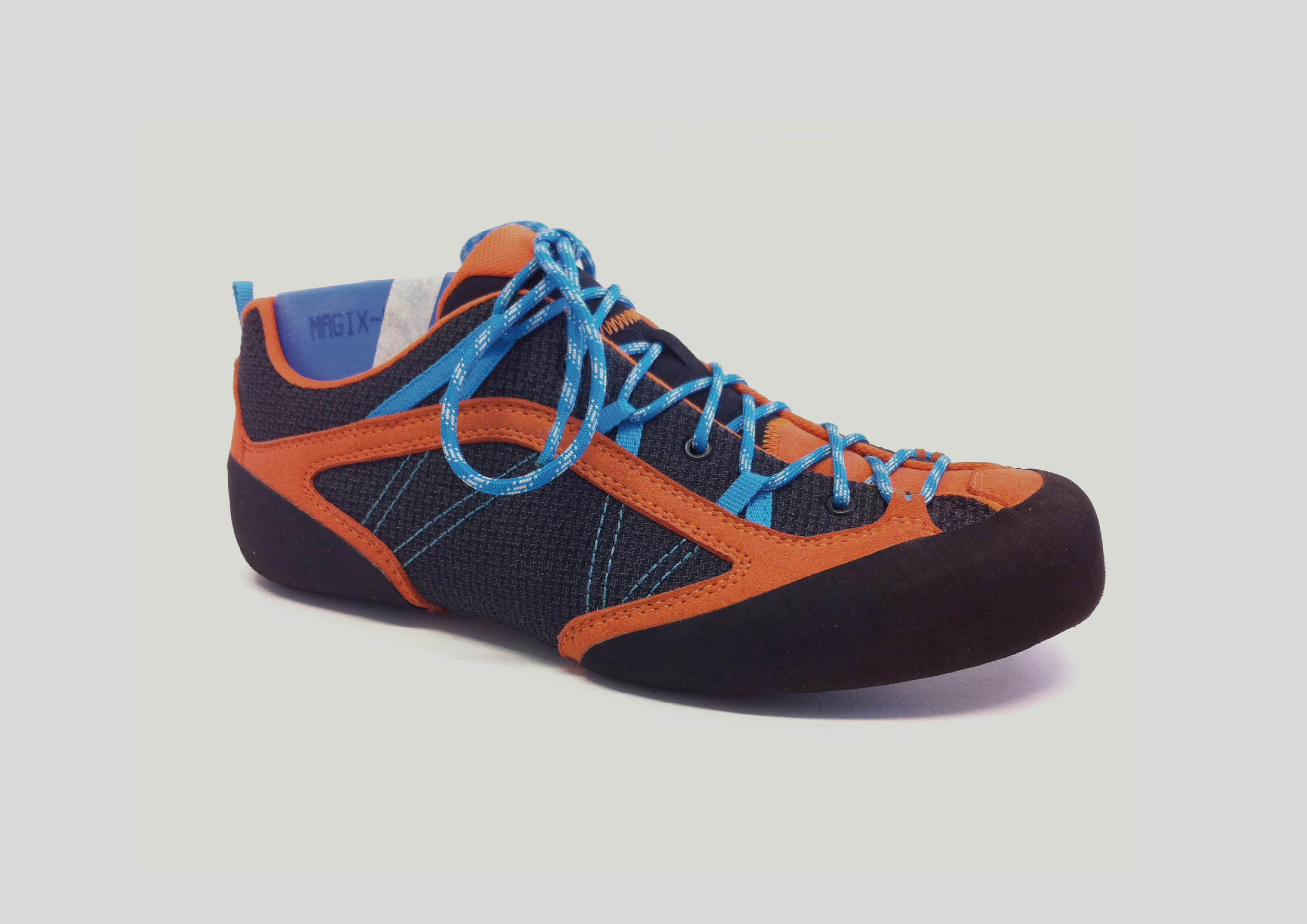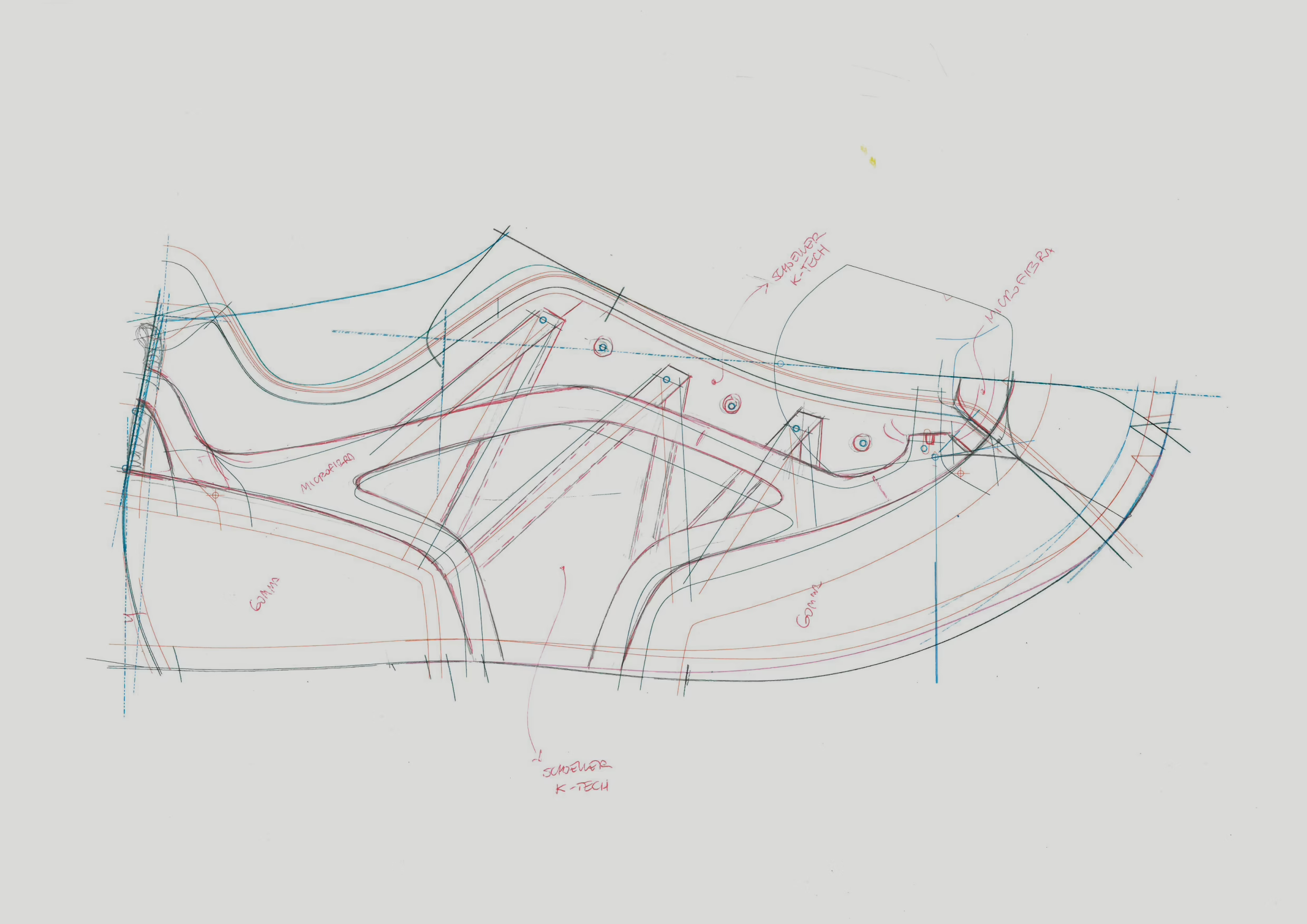Creativity in technical footwear design requires a skilled and organized approach. This article explores what footwear designers do, and the work method they follow to transform an idea into a functional and successful product.
1. Market Research and Analysis
Firstly, the starting point is a deep understanding of the target market. What are consumers looking for? Where are the current trends going? Which are the specific needs that the product must satisfy? Research includes analyzing competitors, studying available materials and technologies and gathering feedback from potential users.

2. Definition of Concept and Objectives
Once the market is understood, the designer defines the product concept, establishing the objectives of functionality, performance, aesthetics and cost. This step includes the creation of initial sketches and drafts, which serve to visualize the idea and explore different solutions. In this particular stage, the design of technical shoes requires a lot of creativity, because it is necessary to be able to propose solutions that consider many aspects of the product (materials, costs, production techniques, durability, etc.) thus being able to propose feasible, beautiful, sustainable, functional ideas in relation to the sales market and the type of use.

3. Prototyping and Testing
This phase involves creating prototypes, which allow you to evaluate the feasibility of the design and test the performance of the product. Prototypes can be made with different materials and using different manufacturing techniques, depending on the complexity of the product. Testing includes tests for strength, comfort, durability, and functionality.

4. Iteration and Optimization
Moreover, the designer often makes changes and improvements based on the results of the tests, participating in the process of repeating the prototyping and testing, until the desired goals are achieved. Iteration is a key element of technical design, as it allows you to refine the product and optimize its performance, for instance.

Conclusion
To sum up, the design of technical footwear is a complex and articulated process, which requires a combination of technical skills, creativity and attention to detail. By following a rigorous and iterative working method, designers can transform an idea into a successful product, which meets the needs of consumers and stands out on the market.
